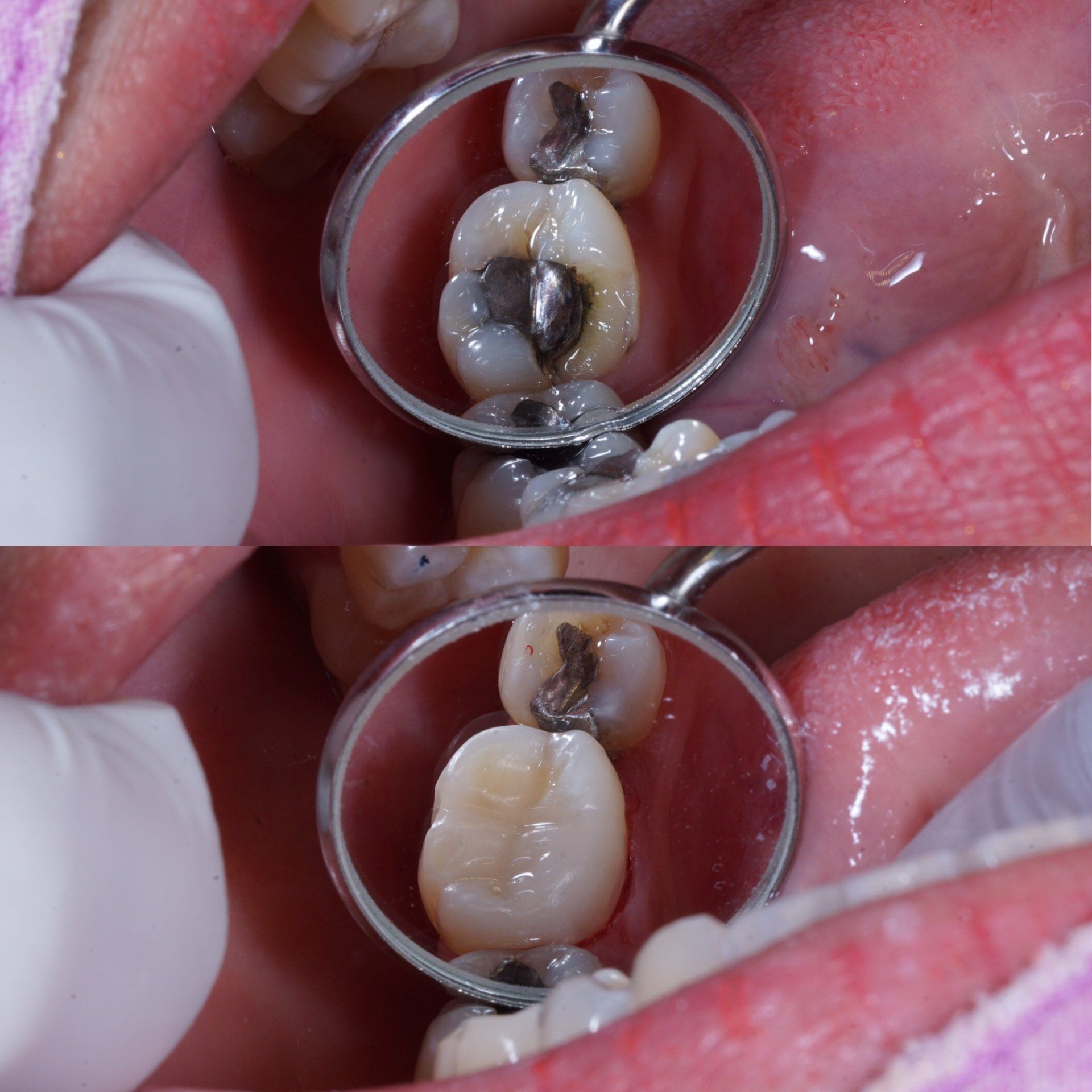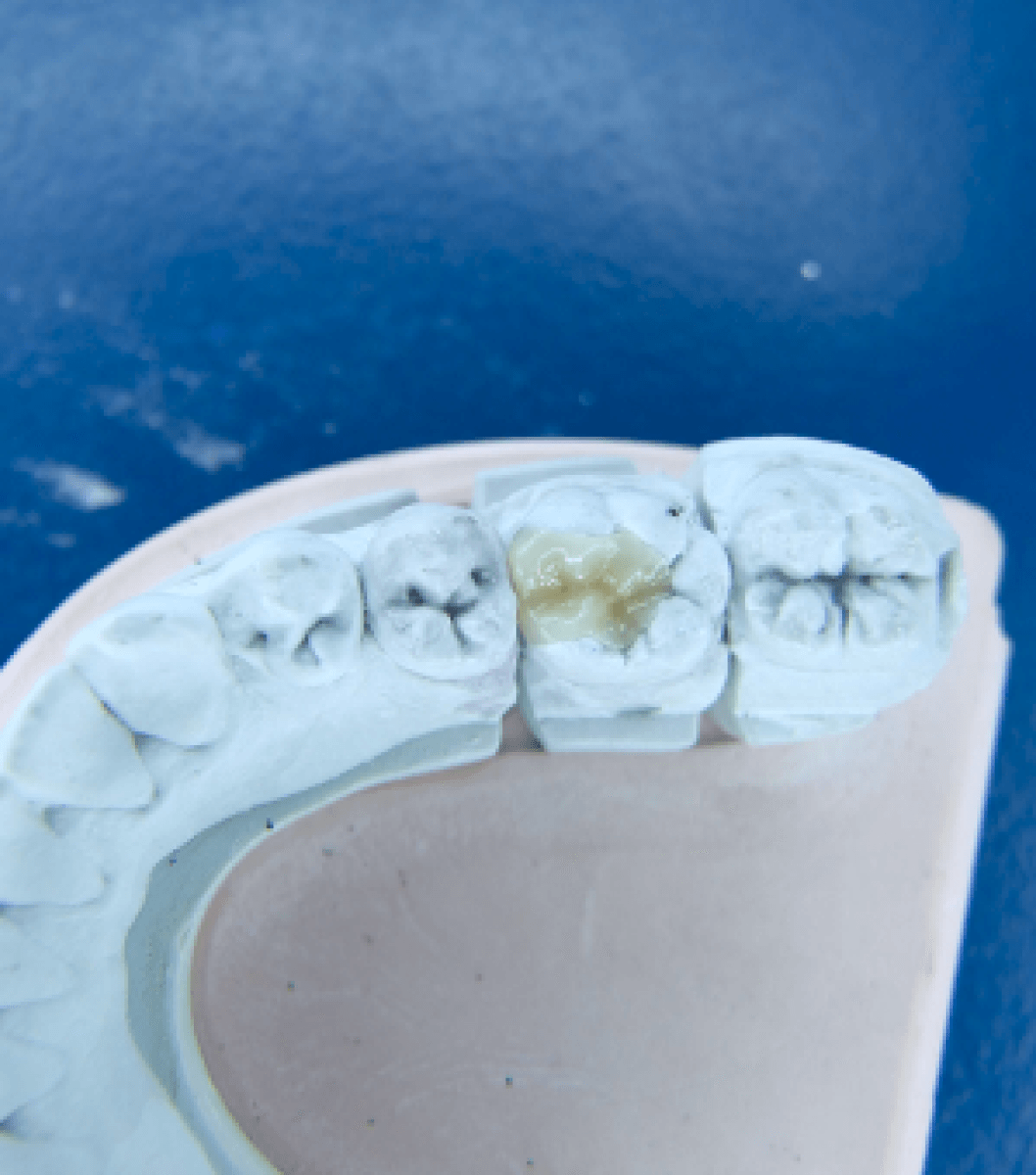NHS & PRIVATE DENTAL PRACTICE
At Slipshoe Street Dental Practise we look to make sure our patients are full aware of the detail around Fillings. If you need more info please contact us.
Fillings overview
Tooth fillings are used to repair a cavity in your tooth caused by decay. Tooth fillings are divided into direct and indirect.
Direct fillings
Amalgam (silver-coloured)
Amalgam fillings are silver-coloured fillings. They are made with a silver alloy, are long-lasting, hard- wearing and have been used as a successful filling material for over 150 years. The disadvantages of amalgam are that they are not tooth coloured.
Composite Fillings (tooth-coloured)
Composite fillings are white-coloured fillings made from resin. After the tooth is prepared, the filling is bonded onto the area and the material is set with a blue light. These come in different shades to closely match your natural teeth.
Glass Ionomer (tooth-coloured)
Glass ionomer fillings form a chemical link with the tooth. They may also release fluoride, which helps to prevent further tooth decay. This type of filling is fairly weak. Because of this, they are usually only used on baby teeth and non-biting surfaces such as around the necks of the teeth. Little preparation is needed as the filling bonds directly to the tooth.

Indirect fillings -
Inlays and Onlays
Gold Inlays and Onlays (gold-coloured)
Porcelain Inlays and Onlays (tooth-coloured)
Composite Inlays (tooth-coloured)
Inlays and onlays are restorations made in a laboratory by a dental technician to restore shape and biting function of posterior (back) teeth. Your dentist takes an impression of the cavity in the same way a crown is made. In the meantime, a temporary filling will be placed in the cavity. After the inlay or onlay has been made, your dentist will fix it in place with dental cement. This type of filling is more expensive.
These can be used in most areas of the mouth. An inlay is small and placed within the biting surface of the tooth. An onlay can cover a larger area of the tooth. Gold is the most long-lasting and hard-wearing filling material and will last for many years. An advantage of gold is that it does not tarnish and has great strength.
Inlays and onlays can also be made using highly aesthetic composites and porcelains like Zirconia and Emax.

Preventive Care
Here at Slipshoe Street we put prevention of disease and maintenance of oral/dental health above all else. This can help prevent the need for treatment.
The Practice
Slipshoe Street Dental Surgery
6 Slipshoe Street,
Reigate, RH2 9HU


